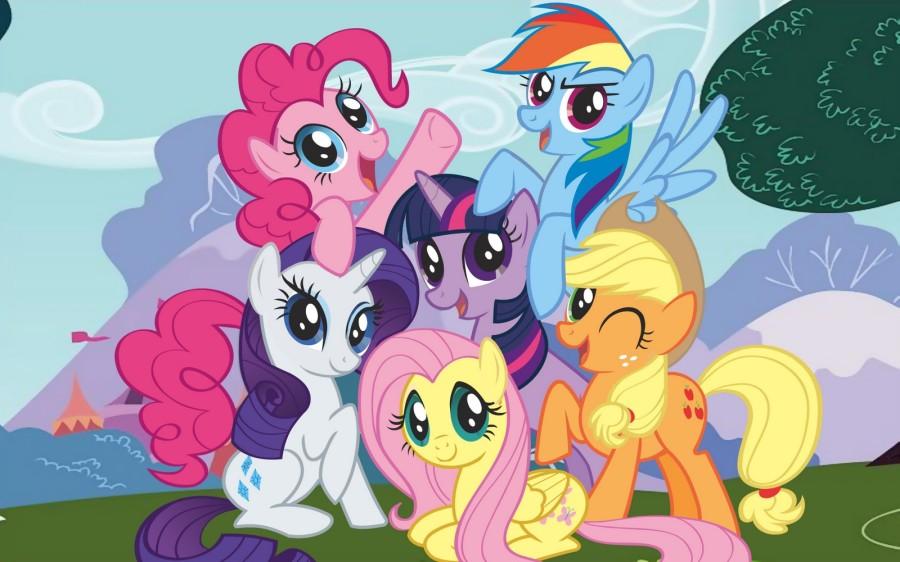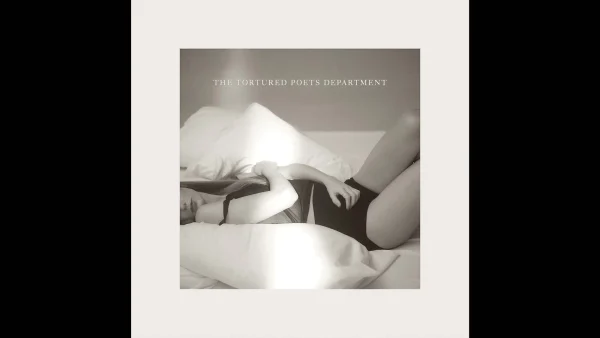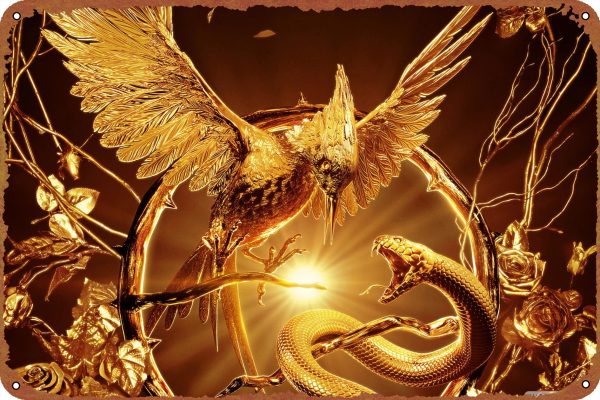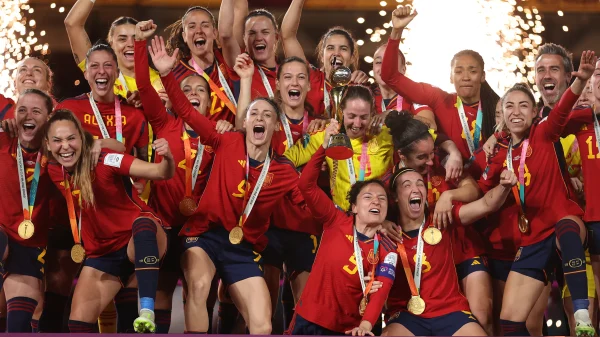The equine subculture
If you were on the Internet over the past few years, you probably noticed at least a few filly references prancing around the web. Ever since Hasbro, a multinational toy company, launched its own animated TV series My Little Pony: Friendship is Magic as part of its pony lineup, it has been all the rage.
For the sake of writing this article (I swear), I watched the pilot episode. Needless to say, the show’s color palette is littered with feminine hues. It’s colorful, the voice acting is cutesy and the characters are vibrant. Right from the get-go you can tell MLP obviously caters to little girls, just like the cartoons The Powerpuff Girls or Sailor Moon. But what is it that distinguishes My Little Pony from the others? This is where things go awry.
To Hasbro’s surprise, the series began to receive viewers from an unexpected demographic: male teenagers and adults. This audience has been growing and it has become one of the biggest Internet sensations. The MLP fandom has been pervading the Internet, through fan fiction, fan art, fan animation, fan you-name-it (hell, you can even make your own pony avatar). Pony enthusiasts conglomerated into a giant fan community: the Herd.
The Herd consists of your fellow “Pegasisters” (a neologism of Pegasus + sister) and “Bronies” (a portmanteau of Brother + pony), which are labels used to identify female and male fans, respectively. Herd members have also organized annual conventions named Bronycon, where they could dress up as their favorite characters and relish fangirling in unison. But what’s the deal with these Bronies? Isn’t MLP a show for little girls?
While the cause of this phenomenon is still rather blurry, one thing’s for sure: Bronies are changing the definition of masculinity. Maybe Axe’s testosterone-wired marketing scheme is just an obsolete depiction of what it takes to “be a man.” What if machismo doesn’t come from conquering all the scantily clad women from a whiff of some putrid deodorant? What if it comes from watching cute cartoons?
Believe it or not, the color pink used to be considered a masculine color up until the early 20th century. Pink was seen as a fiercer hue, since it was close to red. Blue was associated with girls, for it was deemed dainty and innocent. But what caused this color switch between genders? One theory stands that post-World War II, the world underwent a fashion renovation in which women began to indulge in pink makeup, like rouge or lipstick, to look healthier and more attractive. These cosmetic trends consequently “pinkified” women’s fashion trends as well, because “oh-em-gee, your clothes have to match your makeup!” As more women sported pink, it became more common for the rosy hue to be associated with females.
Likewise, Bronies are challenging the norms of society through animations of frolicking ponies. It might be have been ordinary for a little girl to spend her Saturday morning watching My Little Pony, but today, these stereotypical depictions are losing ground. Everyday, the number of Bronies in the pony fanbase is increasing. More male fans are performing outside their stereotypical gender roles, watching shows that are strictly designed for a young, female demographic. But if we think about what’s usually considered normal (the color pink is for girls and women), then it’s certainly evident that society’s gender roles are undergoing a change. Or perhaps Bronies will remain galloping around within their subculture, leaving the rest of the world to peacefully continue humming along to its traditions.
In the long run, I find the fascination grown men have with the show quizzical. Gender preferences are not as rigid as society might makes us believe, and maybe not as plastic as those miniature My Little Pony figurines sold at your local toy store.
Sources: pbs.org, kotaku.com, scavenger.net

Bella is Bella. This is her second year in The Talon and she now holds office as POV Columnist. She needs 12 hours of sleep each day to function properly,...






